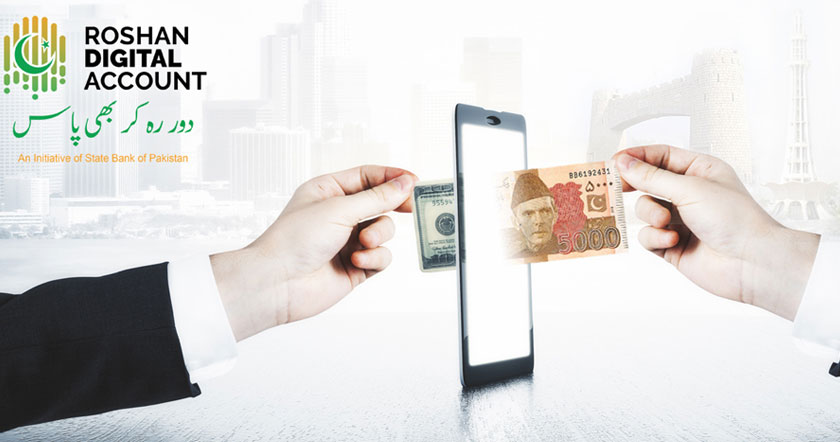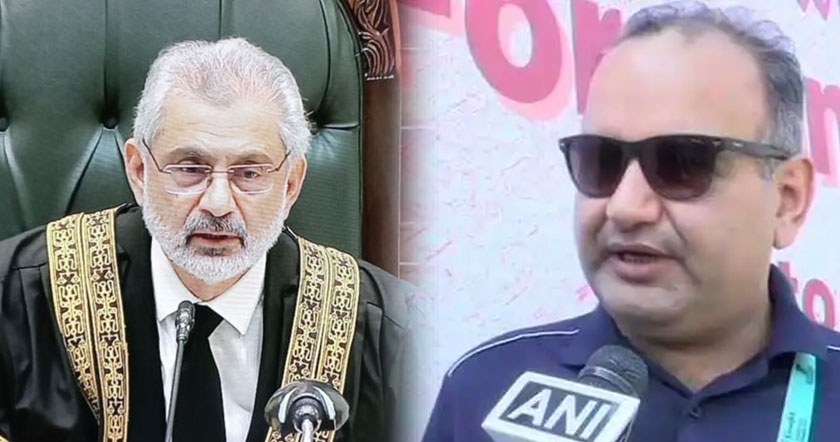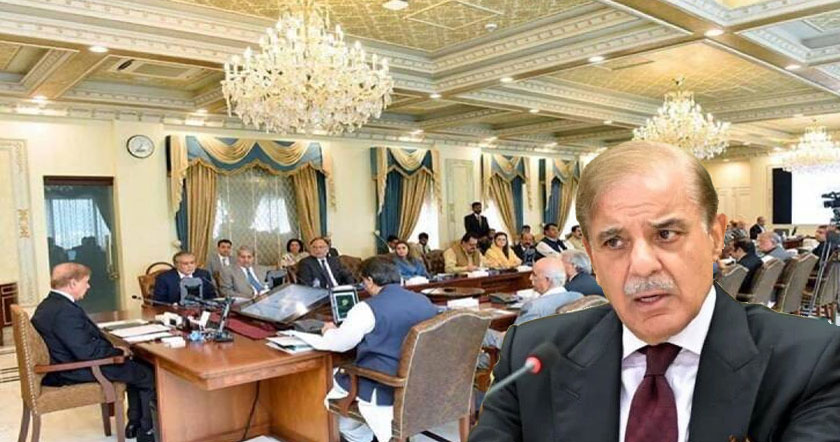https://www.southasiainvestor.com/2019/02/pakistans-blue-economy-vast-offshore.html
Pakistan has a 1,000 kilometers long coastline on the Arabian Sea with maritime sovereignty over 200 nautical miles deep Exclusive Economic Zone (EEZ) and 150 nautical miles of Continental Shelf. This adds 290,000 square kilometers of sea or about 36% of the country's land area open for tapping vast resources in it.
Pakistan's "Blue Economy" in this extended economic zone includes seafood and energy resources as well as international trade connectivity with the rest of the world. It offers opportunities for water sports, recreation and tourism in the coastal areas of Pakistan. One sign of the recognition of Pakistan's blue economy is the ongoing three-day International Maritime Conference organized on the theme of ‘Global Geopolitics in Transition: Rethinking Maritime Dynamics in the Indian Ocean Region’ under the auspices of National Institute of Maritime Affairs.
Offshore Energy Resources:
A Pakistan Basin Study conducted in 2009 found that the country has six onshore and two offshore basins; offshore basins being the Indus basin and the Makran basin in the Arabian Sea.
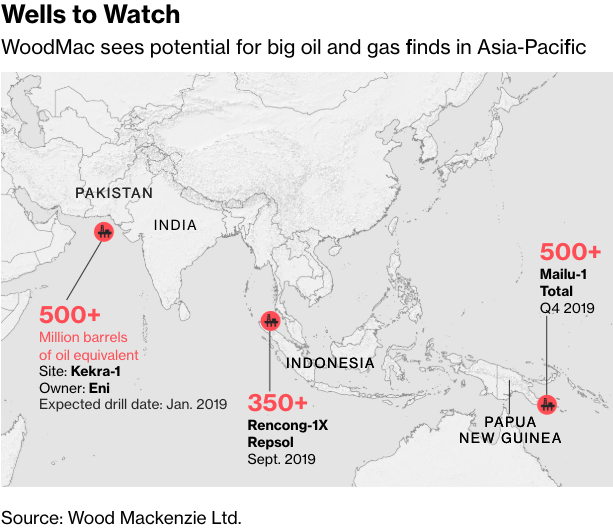
Top 3 Offshore Drilling Sites in Asia-Pacific. Source: Bloomberg
The Indus offshore basin is a rift basin that geologists say developed after the separation of the Indian Plate from Africa in the late Jurassic period. It is believed to be the second largest submarine fan system in the world after the Bay of Bengal with high probability of hydrocarbon discoveries.
The Makran Offshore basin is separated from the Indus Offshore basin by Murray ridge, according to Syed Mustafa Amjad's report in Dawn. It is an oceanic and continental crust subduction zone with deepwater trenches and volcanic activity. The basin consists of oceanic crust and periodic emergence of temporary mud islands along the coast suggesting strong evidence of large hydrocarbon deposits.
American energy giant Exxon-Mobil has joined the offshore oil and gas exploration efforts started by Oil and Gas Development Corporation (OGDC), Pakistan Petroleum Limited (PPL) and Italian energy giant ENI, according to media reports.
Each company has 25% stake in the joint venture under an agreement signed at the Prime Minister’s Secretariat in May 2018 among ExxonMobil, Government Holdings Private Limited (GHPL), PPL, ENI and OGDC.
Exxon-Mobile's entry in Pakistan brings deep offshore drilling technology, its long experience and financial resources to the country. It is expected to accelerate exploration and more discoveries.
CPEC and Trade:
Pakistan has built Gwadar as its third major deep sea port after Karachi and Port Qasim. Gwadar port's planned capacity when it is completed will be 300 to 400 million tons of cargo annually. It is comparable to the capacity of all of India's ports combined annual capacity of 500 million tons of cargo today. It is far larger than the 10-12 million tons cargo handling capacity planned for Chabahar.
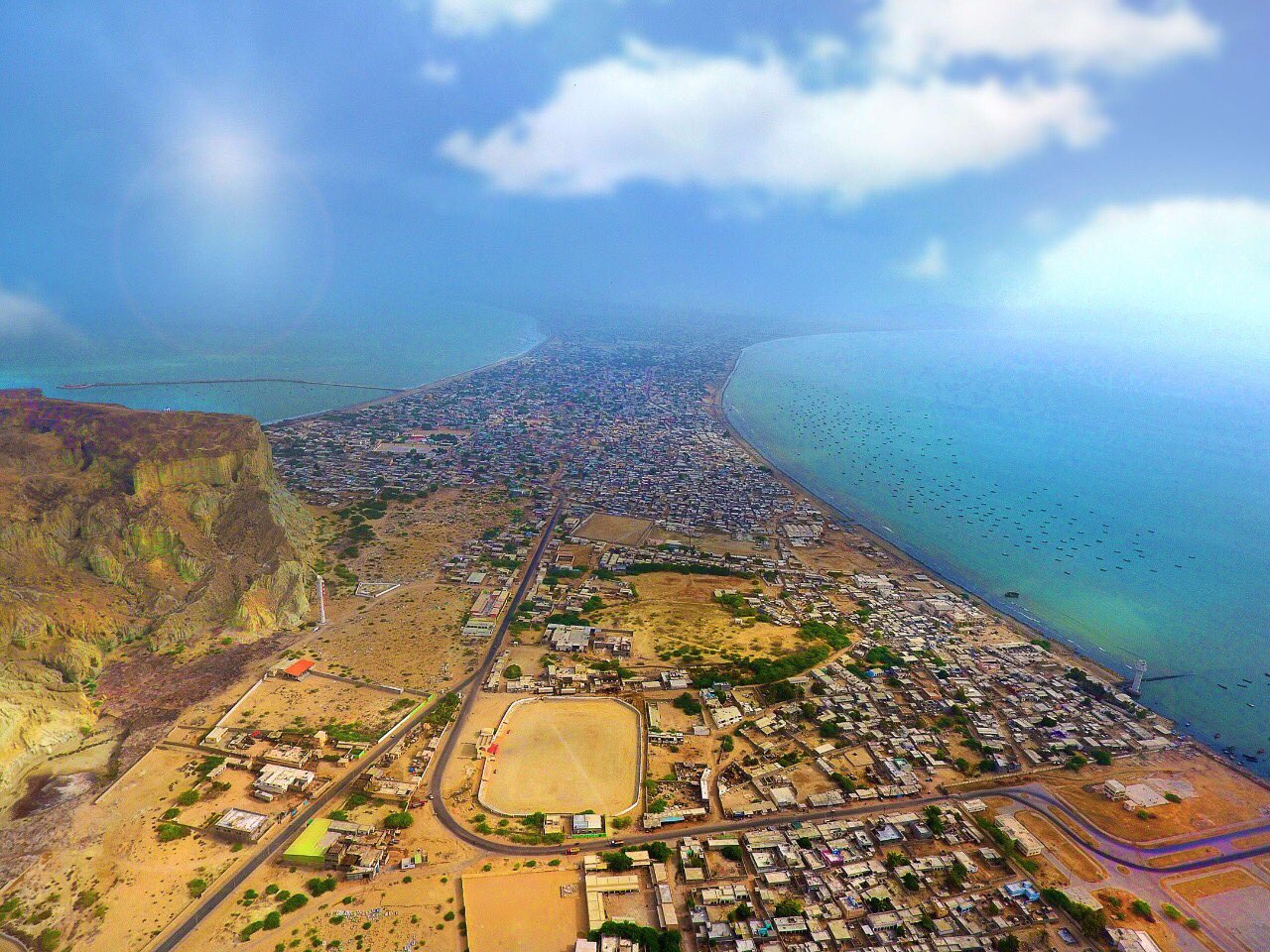
"We believe Gwadar is following in the footsteps of Shenzhen which represented a historic population rise, from a population of 30,000 in 1980 to 11 million people in 2017. Gwadar is poised to see massive population growth due to incoming industries, and we expect this to be one of the most strategic cities in South Asia." Hao-Yeh Chang, China Pak Investments Corporation
To put Gwadar's scale in perspective, let's compare it with the largest US port of Long Beach which handles 80 million tons of cargo, about a quarter of what Gwadar will handle upon completion of the project. Gawadar port will be capable of handling the world's largest container ships and massive oil tankers.
Gawadar port is being built in Pakistan by the Chinese as part of the ambitious $46 billion China-Pakistan Economic Corridor (CPEC) that will eventually serve as Hong Kong West for growing Chinese trade with the Middle East and Europe. CPEC will also enable Pakistan to bypass Afghanistan to trade with Central Asia through China across China's borders with Tajikistan, Kyrgyzstan and Kazakhstan.
The volume of Gwadar property searches surged 14-fold on Pakistan’s largest real estate database, Zameen.com, between 2014 and 2016, up from a prior rate of a few hundred a month. “It’s like a gold rush,” said Chief Executive Zeeshan Ali Khan to an Express Tribune newspaper reporter. “Anyone who is interested in real estate, be it an investor or a developer, is eyeing Gwadar.”
Chinese private investment company China Pak Investment Corporation has recently announced it is acquiring 3.6 million square foot International Port City project in Gwadar. It plans to develop a $150 million gated community to handle the influx of 500,000 Chinese professionals expected in Gwadar by 2022.
Seafood Industry:
Pakistan’s fishing industry is very small relative to its vast potential. Pakistani fishermen own small fishing boats and their catch is very limited. The industry contributes only 0.4% of the country's $315 billion GDP. However, the nation's seafood exports are growing, In fiscal year 2017-18, seafood exports increased 27.94% to 198,420 tons, earning $451.026 million.
Pakistani finishing industry is in need of major modernization to make it more productive. China’s infrastructure investments in Pakistan are opening up the local fisheries sector on the Arabian Sea, with a major Chinese power station builder completing a fishing port as a “gift” to local people, according to a report in SeafoodSource. State-owned China State Power Investment Corp., which is building several power plants in Pakistan, said a new fishing port in Lasbela region on the Arabian Sea would aid the economy and increase the efficiency of the local fishing community in Baluchistan Province (of which Lasbela is part), says the report.
Summary:
Pakistan is beginning to focus on tapping vast resources in its 290,000 square kilometers of sea or about 36% of the country's land area. Fishing industry is being modernized with Chinese help and Exxon has begun exploring offshore oil and gas reserves. Gwadar has been built as the third deep sea port and a major new metropolis is being built t hat could one day rival Chinese city of Shenzhen.
https://www.southasiainvestor.com/2019/02/pakistans-blue-economy-vast-offshore.html
Pakistan has a 1,000 kilometers long coastline on the Arabian Sea with maritime sovereignty over 200 nautical miles deep Exclusive Economic Zone (EEZ) and 150 nautical miles of Continental Shelf. This adds 290,000 square kilometers of sea or about 36% of the country's land area open for tapping vast resources in it.
Pakistan's "Blue Economy" in this extended economic zone includes seafood and energy resources as well as international trade connectivity with the rest of the world. It offers opportunities for water sports, recreation and tourism in the coastal areas of Pakistan. One sign of the recognition of Pakistan's blue economy is the ongoing three-day International Maritime Conference organized on the theme of ‘Global Geopolitics in Transition: Rethinking Maritime Dynamics in the Indian Ocean Region’ under the auspices of National Institute of Maritime Affairs.
Offshore Energy Resources:
A Pakistan Basin Study conducted in 2009 found that the country has six onshore and two offshore basins; offshore basins being the Indus basin and the Makran basin in the Arabian Sea.

Top 3 Offshore Drilling Sites in Asia-Pacific. Source: Bloomberg
The Indus offshore basin is a rift basin that geologists say developed after the separation of the Indian Plate from Africa in the late Jurassic period. It is believed to be the second largest submarine fan system in the world after the Bay of Bengal with high probability of hydrocarbon discoveries.
The Makran Offshore basin is separated from the Indus Offshore basin by Murray ridge, according to Syed Mustafa Amjad's report in Dawn. It is an oceanic and continental crust subduction zone with deepwater trenches and volcanic activity. The basin consists of oceanic crust and periodic emergence of temporary mud islands along the coast suggesting strong evidence of large hydrocarbon deposits.
American energy giant Exxon-Mobil has joined the offshore oil and gas exploration efforts started by Oil and Gas Development Corporation (OGDC), Pakistan Petroleum Limited (PPL) and Italian energy giant ENI, according to media reports.
Each company has 25% stake in the joint venture under an agreement signed at the Prime Minister’s Secretariat in May 2018 among ExxonMobil, Government Holdings Private Limited (GHPL), PPL, ENI and OGDC.
Exxon-Mobile's entry in Pakistan brings deep offshore drilling technology, its long experience and financial resources to the country. It is expected to accelerate exploration and more discoveries.
CPEC and Trade:
Pakistan has built Gwadar as its third major deep sea port after Karachi and Port Qasim. Gwadar port's planned capacity when it is completed will be 300 to 400 million tons of cargo annually. It is comparable to the capacity of all of India's ports combined annual capacity of 500 million tons of cargo today. It is far larger than the 10-12 million tons cargo handling capacity planned for Chabahar.

"We believe Gwadar is following in the footsteps of Shenzhen which represented a historic population rise, from a population of 30,000 in 1980 to 11 million people in 2017. Gwadar is poised to see massive population growth due to incoming industries, and we expect this to be one of the most strategic cities in South Asia." Hao-Yeh Chang, China Pak Investments Corporation
To put Gwadar's scale in perspective, let's compare it with the largest US port of Long Beach which handles 80 million tons of cargo, about a quarter of what Gwadar will handle upon completion of the project. Gawadar port will be capable of handling the world's largest container ships and massive oil tankers.
Gawadar port is being built in Pakistan by the Chinese as part of the ambitious $46 billion China-Pakistan Economic Corridor (CPEC) that will eventually serve as Hong Kong West for growing Chinese trade with the Middle East and Europe. CPEC will also enable Pakistan to bypass Afghanistan to trade with Central Asia through China across China's borders with Tajikistan, Kyrgyzstan and Kazakhstan.
The volume of Gwadar property searches surged 14-fold on Pakistan’s largest real estate database, Zameen.com, between 2014 and 2016, up from a prior rate of a few hundred a month. “It’s like a gold rush,” said Chief Executive Zeeshan Ali Khan to an Express Tribune newspaper reporter. “Anyone who is interested in real estate, be it an investor or a developer, is eyeing Gwadar.”
Chinese private investment company China Pak Investment Corporation has recently announced it is acquiring 3.6 million square foot International Port City project in Gwadar. It plans to develop a $150 million gated community to handle the influx of 500,000 Chinese professionals expected in Gwadar by 2022.
Seafood Industry:
Pakistan’s fishing industry is very small relative to its vast potential. Pakistani fishermen own small fishing boats and their catch is very limited. The industry contributes only 0.4% of the country's $315 billion GDP. However, the nation's seafood exports are growing, In fiscal year 2017-18, seafood exports increased 27.94% to 198,420 tons, earning $451.026 million.
Pakistani finishing industry is in need of major modernization to make it more productive. China’s infrastructure investments in Pakistan are opening up the local fisheries sector on the Arabian Sea, with a major Chinese power station builder completing a fishing port as a “gift” to local people, according to a report in SeafoodSource. State-owned China State Power Investment Corp., which is building several power plants in Pakistan, said a new fishing port in Lasbela region on the Arabian Sea would aid the economy and increase the efficiency of the local fishing community in Baluchistan Province (of which Lasbela is part), says the report.
Summary:
Pakistan is beginning to focus on tapping vast resources in its 290,000 square kilometers of sea or about 36% of the country's land area. Fishing industry is being modernized with Chinese help and Exxon has begun exploring offshore oil and gas reserves. Gwadar has been built as the third deep sea port and a major new metropolis is being built t hat could one day rival Chinese city of Shenzhen.
https://www.southasiainvestor.com/2019/02/pakistans-blue-economy-vast-offshore.html



















